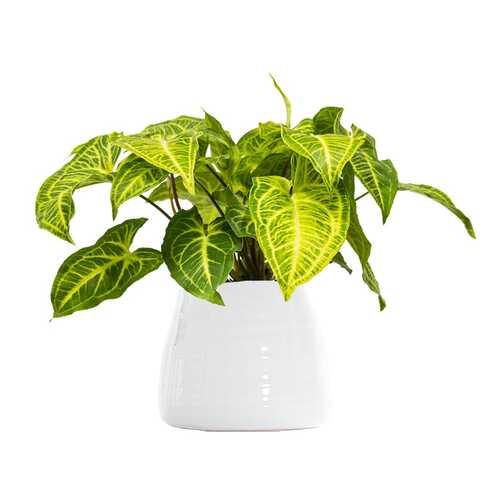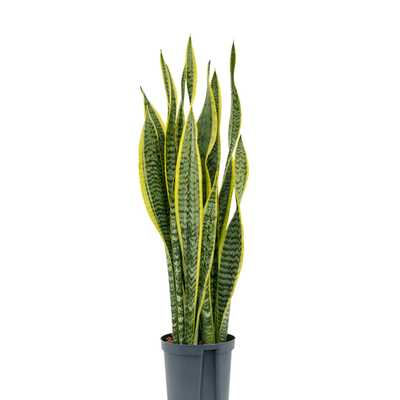Call US : 989124548005
Pothos adanson
0 USD
Short Description:
This plant is a tropical ornamental species known for its vine-like appearance, which is achieved through its downward-growing aerial roots. It showcases dark green leaves that are particularly attractive to plant enthusiasts.Hanging
Overall features of Monstera Adansonii
This plant is a tropical ornamental species known for its vine-like appearance, which is achieved through its downward-growing aerial roots. It showcases dark green leaves that are particularly attractive to plant enthusiasts.
This plant displays large heart-shaped leaves that progressively develop distinctive holes, resembling the appearance of Swiss cheese, as it matures. To promote upward growth and encourage the formation of larger leaves with pronounced fenestrations, providing a column or trellis for support is beneficial.
The Monstera Adansonii is a highly-resilient houseplant that requires easy maintenance and grows quickly while climbing. That’s why so many plants lovers choose Monstera Adansonii to keep at home.
Popular for its distinctive hole-filled leaves, it can embellish your place; kept either in pots on the floor or hung from a wall. While you can easily guide the plant to climb on a wall, caution should be exercised to prevent the leaves from burning or becoming misshapen due to excessive heat accumulation in the upper parts and ceiling.
You can use mossy support stakes to enhance its beauty and promote easier growth.
Here’s a comprehensive guide to care for this lovely plant.
Origin:
Monstera Adansonii is from Araceae family and native to America and the Indian subcontinent.
Light Requirements:
Monstera Adansonii thrives in indirect light or light that filters through a window. It is important to avoid placing the plant under direct sunlight as it can cause leaf burn and shrinkage. Although this plant is tolerant of low light conditions, low light may reduce leaf fenestrations and diminish its overall beauty.
If placing the plant in an area with direct light, limit exposure to 2-3 hours of morning sun.
Watering:
Monstera Adansonii does not require frequent watering. It is advisable to allow the soil to dry out between two waterings. You can increase or reduce watering depending on factors such as the plant's environment, temperature, and the amount of water. Ideally, go for watering around twice a week in summer and once a week in winter.
To determine if it's time to water, perform the finger test by inserting your finger approximately one centimeter into the soil. If the soil feels nearly dry at that depth, it indicates that you should water the plants. Avoid letting the soil completely dry out. If the plant becomes too thirsty, the leaves tips may burn and turn yellow or brown. Avoid overwatering too as it can lead to stem rot, root loss, and discoloration of the leaves. Striking a balance and providing appropriate hydration is essential to maintain the well-being of Monstera Adansonii.
If you choose to use a support stick, it's important to ensure that you sprinkle water on the mosses while watering. This practice encourages the stems of the Monstera Adansonii to root in the areas where there is moss, leading to improved growth and strength of the stems.
Proper Soil:
The quality of the soil substrate is crucial for the plant’s health. If the soil is unsuitable or poor, the leaves may shrink and distinct holes may disappear. To achieve optimal growth, it is recommended to utilize a combination of leaf soil, organic fertilizer, and garden soil.
These plants flourish in potting soil with a peat base, ensuring adequate drainage. Peat soil helps retain moisture without causing waterlogging. Aim for a soil pH between 5.5 and 7.0 for flourish growth.
To nourish Monstera Adansonii effectively, it is advised to apply a well-balanced 20-20-20 fertilizer every two weeks during spring and summer seasons. However, it's crucial to exercise caution and avoid over-fertilizing as excessive amounts can result in salt buildup in the soil and leaf scorching.
You should cease fertilization during fall and winter.
Humidity and Temperature:
As forest dwellers, they prefer conditions similar to their natural habitat, including high humidity, wet soil during the rainy season, and warm temperatures. Providing good ventilation, warm and humid bathrooms or kitchens, and occasional misting can help replicate their preferred conditions.
The ideal temperature range for Monstera Adansonii is between 13 and 24 degrees Celsius. It can tolerate the minimum temperature of 10 degrees Celsius and a maximum of 30 degrees Celsius in summer. Extreme temperatures, whether excessively high or low, can potentially damage the plant’s growth.
While Monstera Adansonii can tolerate low humidity environments, it benefits from periodic dusting. Use a water spray to mist the leaves twice a week in summer and once a week during other seasons to help keep them clean and fresh.
Brief Overview:
Botanical Name: Monstera Adansonii
Family: Araceae
Plant’s classification: Ornamental houseplant
Requirements: Bright indirect light, Moisture-retaining but well-draining soil,
soil pH 5.5-7
| Colors : | Green |
| Height : | 10cm |
| Pot (Liter) : | 19 |
Product Reviews
Similar Products
List of similar products that you can see

Yucca’s
0 USD

Yocca
0 USD

Zamioculcas Zamiifolia
0 USD

Syngonium’s
0 USD

Spathiphyllum
0 USD

Schefflera
0 USD

sansevieria
0 USD

Pothos Silver Splash
0 USD

Pothos adanson
0 USD

.jpg)
.jpg)
.jpg)
